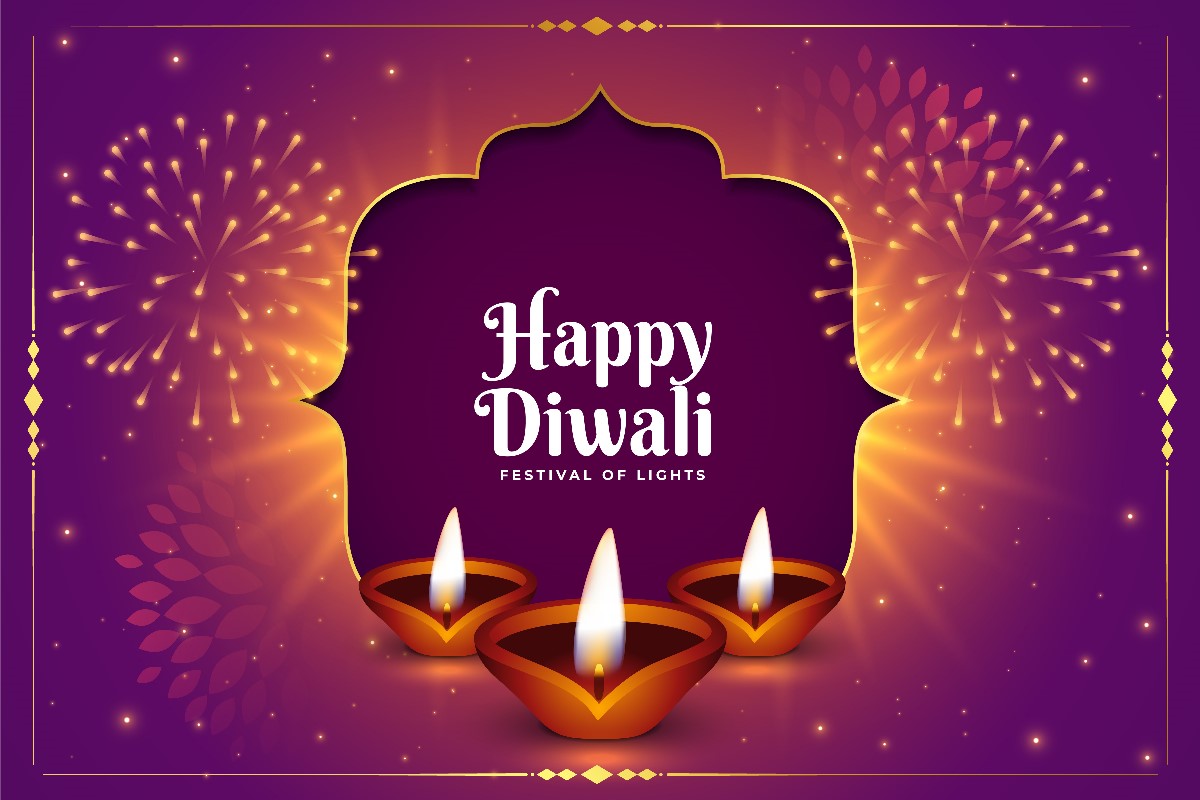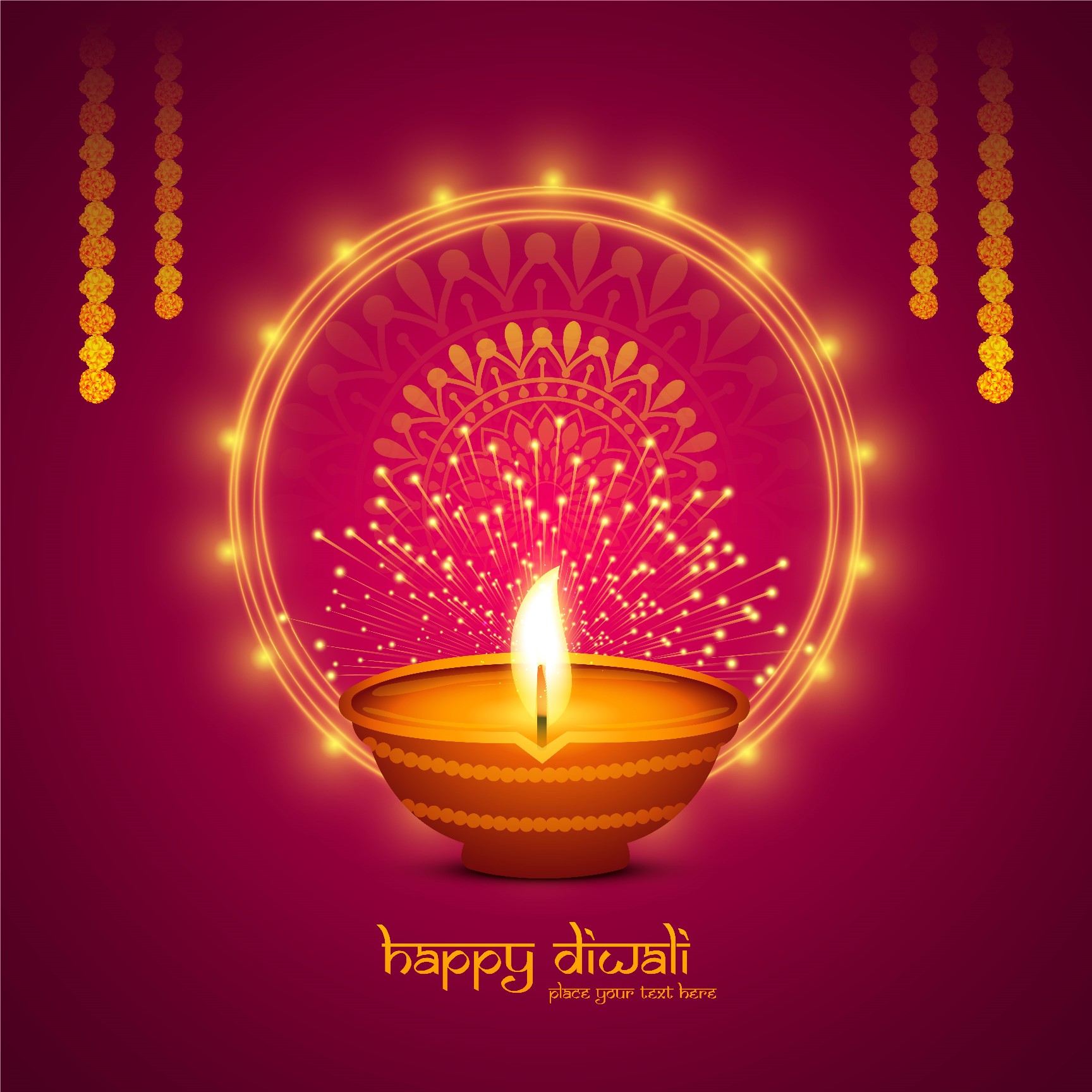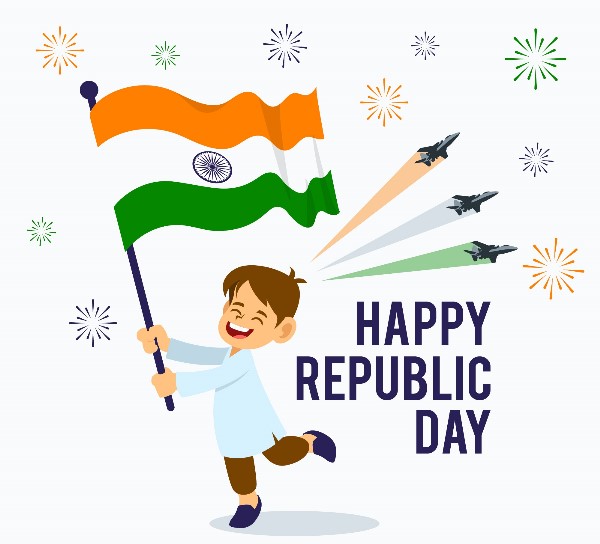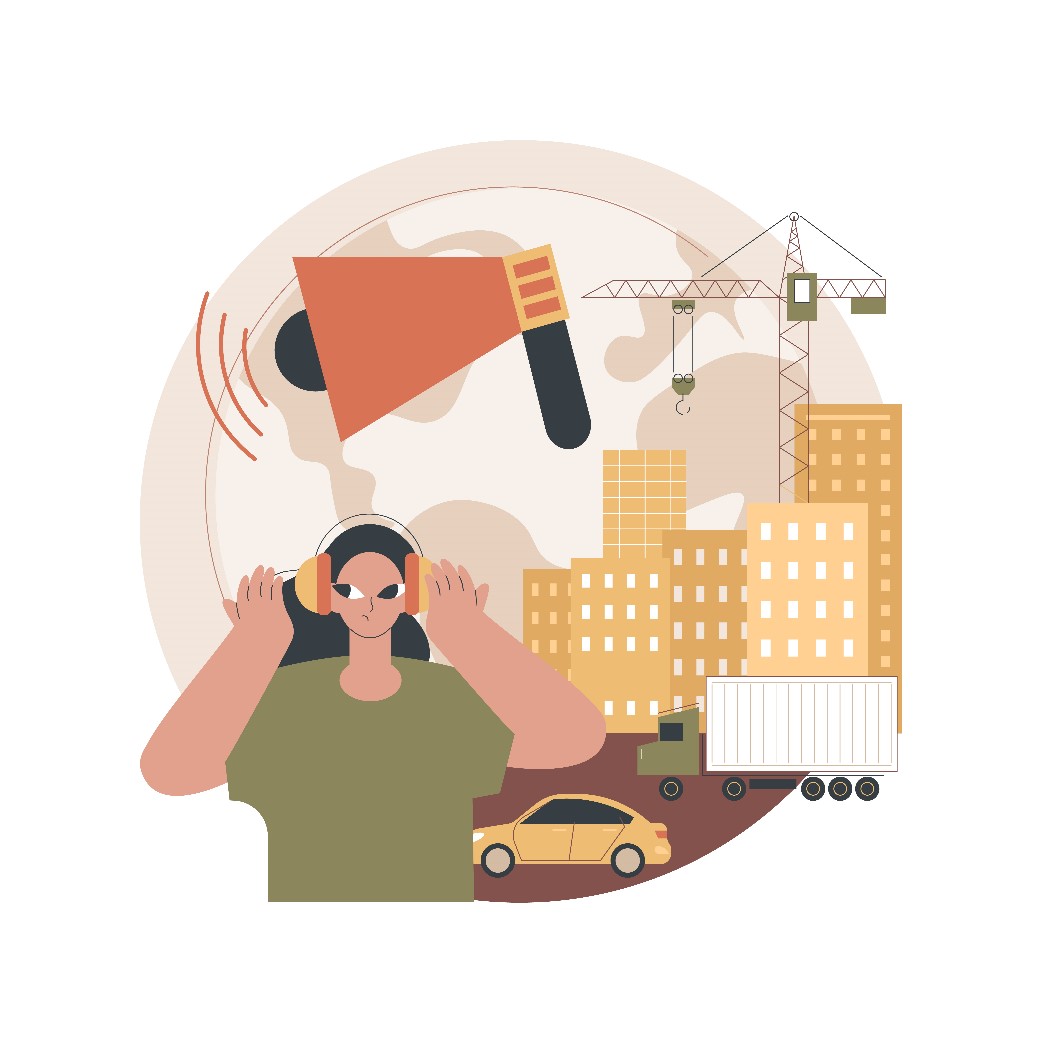Essay on Diwali in English and Hindi
“Welcome to ASKMORETOLEARNMORE, where knowledge is our compass and curiosity our guiding star. Join us on a journey of exploration, learning, and inspiration as we delve into the world of wisdom, In this post we will see Essay on Diwali in English and Hindi .”
Table of Contents

Essay on Diwali in English
Diwali: The Festival of Lights, Traditions, and Celebrations
Introduction:
Diwali, also known as Deepavali, is one of the most celebrated and eagerly awaited festivals in India and among Indian communities worldwide. It is a festival of immense cultural and religious significance, representing the triumph of light over darkness, good over evil, and knowledge over ignorance. Diwali is a time of joy, unity, and vibrant celebrations. In this essay, we will explore the rich history, cultural significance, traditions, and contemporary celebrations of Diwali.
Historical Origins:
The origins of Diwali are deeply rooted in Hindu mythology and have evolved over thousands of years. The festival has diverse legends and significance across different regions of India.
Victory of Rama: One of the most popular stories associated with Diwali is the return of Lord Rama, an avatar of the god Vishnu, from his 14-year exile and his victory over the demon king Ravana. People of Ayodhya lit lamps to welcome Rama and to celebrate his return, marking the tradition of lighting lamps and candles during Diwali.
Triumph of Krishna: In the state of Gujarat and some parts of northern India, Diwali is celebrated as the day when Lord Krishna defeated the demon Narakasura, liberating the people from his tyranny. This victory is commemorated by lighting lamps and bursting firecrackers.
Worship of Lakshmi: For many, Diwali is also the day when the goddess Lakshmi, the Hindu goddess of wealth and prosperity, is worshipped. It is believed that she visits homes and blesses them with wealth and good fortune, which is why people clean their homes and light lamps to welcome her.
Cultural Significance of Diwali:
Diwali is a festival that holds immense cultural, social, and religious significance in India and among Indian communities worldwide. It symbolizes a multitude of themes and values that resonate with people from various walks of life:
Triumph of Good over Evil: Diwali represents the age-old battle between good and evil, where good ultimately prevails. The legends of Lord Rama and Lord Krishna demonstrate the victory of righteousness over malevolence.
Light and Knowledge: Diwali is often referred to as the “Festival of Lights” because of the tradition of lighting lamps and candles. Light symbolizes knowledge and enlightenment, dispelling the darkness of ignorance.
Family and Unity: Diwali is a time when families come together to celebrate. It fosters unity and strengthens bonds among relatives and friends.
Prosperity and Wealth: The worship of the goddess Lakshmi reflects the desire for prosperity and abundance. It is a time when people pray for economic well-being and success.
Cleansing and Renewal: Before Diwali, homes are thoroughly cleaned, and old items are discarded, signifying the removal of impurities and a fresh start.
Art and Creativity: Rangoli, colorful patterns created on the ground using colored powders, is a common Diwali tradition. It showcases the artistry and creativity of people.
Diwali Traditions and Customs:
Diwali is a festival characterized by a multitude of customs and traditions, which vary across different regions of India and among diverse communities. However, some customs are universally observed during Diwali:
Lighting of Lamps and Candles: The central ritual of Diwali involves lighting lamps, candles, and diyas (clay lamps) to symbolize the triumph of light over darkness and the dispelling of ignorance.
Fireworks and Firecrackers: Diwali is known for its spectacular fireworks and firecracker displays. The loud sounds and bright colors are believed to drive away evil spirits.
Rangoli: People create intricate and colorful rangoli designs on their doorsteps or courtyards. These designs are made using colored powders, rice, or flower petals.
Pujas and Prayers: Diwali is a time for religious worship and prayers. Families visit temples and offer their devotion to gods and goddesses.
Exchange of Gifts: People exchange gifts and sweets with friends and family as a symbol of love and good wishes.
Sweets and Special Dishes: Preparing and sharing sweets and special dishes is a significant part of Diwali. Popular sweets include laddoos, jalebi, and barfi.
New Clothes: Wearing new clothes is considered auspicious during Diwali. It is a symbol of renewal and starting afresh.
Gifting of Gold and Silver: The purchase of gold and silver items, such as jewelry and coins, is a common Diwali tradition. It is believed to bring prosperity and good fortune.
Regional Variations:
Diwali is celebrated with unique regional variations in different parts of India. Here are some of the notable regional Diwali celebrations:
North India: In North India, Diwali is celebrated with grandeur. People light oil lamps, burst firecrackers, and exchange gifts. The lighting of the Ram Lila, a dramatic reenactment of the life of Lord Rama, is a prominent tradition.
South India: In South India, Diwali is celebrated as Naraka Chaturdashi, with a focus on the victory of Lord Krishna over Narakasura. People wake up before dawn, have oil baths, and visit temples.
West Bengal: In West Bengal, Diwali coincides with the celebration of Kali Puja, the worship of the goddess Kali. This celebration involves the performance of elaborate rituals and ceremonies.
Goa: In Goa, Diwali is celebrated with the bursting of firecrackers and lighting of lamps. Unique to Goa is the tradition of preparing a variety of sweets and sharing them with family and friends.
Punjab: In Punjab, Diwali is celebrated as Bandi Chhor Divas, commemorating the release of Guru Hargobind Ji from imprisonment. Sikhs visit gurdwaras and light lamps.
Contemporary Celebrations:
In contemporary times, Diwali has not only retained its religious and cultural significance but has also transformed into a social and commercial festival. The modern celebrations include:
Festive Decorations: Homes and public spaces are adorned with colorful lights, lanterns, and decorative items.
Shopping and Sales: Diwali is a time when people indulge in shopping for new clothes, jewelry, and household items. It is a period of heightened economic activity, with businesses offering special discounts and sales.
Corporate Gifting: Companies exchange gifts and greetings with their employees and business partners as a token of appreciation and goodwill.
Social Gatherings: Diwali is a time for gatherings with family and friends. People visit each other’s homes, share meals, and exchange gifts.
Charity and Philanthropy: Many individuals and organizations take the opportunity to engage in acts of charity and philanthropy during Diwali.
Environmental Concerns:
While Diwali is a time of joy and celebration, it has also faced increasing concerns related to environmental impact, particularly due to the use of firecrackers. Some of the key concerns include:
Air Pollution: The bursting of firecrackers releases harmful pollutants and exacerbates air pollution, leading to health problems, especially for those with respiratory conditions.
Noise Pollution: Loud firecrackers contribute to noise pollution, which can be disturbing and harmful to both humans and animals.
Waste Generation: The use of firecrackers generates a significant amount of waste, including burnt crackers and packaging materials.
Fire Hazards: The use of firecrackers can lead to accidents and fires, posing a danger to people and property.
In response to these concerns, there has been a growing movement toward celebrating an eco-friendly or “green” Diwali. Many individuals and organizations advocate for the use of eco-friendly firecrackers and the adoption of sustainable and responsible celebrations.
Conclusion:
Diwali is a festival of profound cultural, religious, and social significance in India and among Indian communities worldwide. It represents the triumph of good over evil, light over darkness, and knowledge over ignorance. It is a time for families to come together, for religious observance, and for the exchange of love and good wishes.
While Diwali has evolved over time and incorporated new customs and contemporary celebrations, it remains a cherished and deeply rooted tradition. In the face of environmental concerns, there is a growing awareness of the need for eco-friendly celebrations to protect the environment and the health of all living beings.
Diwali is not just a festival of lights; it is a celebration of values, culture, and unity. It reminds us of the enduring power of light, love, and the human spirit, and it continues to shine as a beacon of hope and joy for people around the world.
Essay on Diwali in Hindi

दीपावली पर निबंध (Essay on Diwali in Hindi):
प्रस्तावना: दीपावली, जिसे दीवाली भी कहा जाता है, एक प्रमुख हिन्दू त्योहार है जो भारत में खुशियों के त्योहारों में से एक है। यह त्योहार प्रकार के आत्मज्ञान, सामाजिक सद्भावना, और खुशी की स्थापना का उत्सव है। यह निबंध दीपावली के महत्व, मनाने के तरीके, और इसके पर्वीय त्योहारों के साथ मनाने के बारे में है।
दीपावली का महत्व:
- मौनी दीपावली: इस दिन हिन्दू धर्म के अनुयायी अपनी आत्मज्ञान की ओर बढ़ते हैं और अपने आत्मा को पहचानने का प्रयास करते हैं।
- समाजिक सद्भावना: दीपावली का त्योहार समाज में सद्भावना और एकता की भावना को प्रोत्साहित करता है।
- मां लक्ष्मी की पूजा: दीपावली पर मां लक्ष्मी की पूजा की जाती है, जो धन और समृद्धि की प्रतीक है।
- विजय का पर्व: दीपावली रामायण काल में भगवान राम के अयोध्या लौटने के खुशी में मनाया जाता है।




